When it comes to soil erosion during heavy storms, it’s often the humble weeds that come to the rescue. These hardy plants may not always get the recognition they deserve, but their ability to hold soil together and prevent it from washing away is nothing short of impressive. With their deep roots and tough resilience, many weeds act as natural anchors, providing stability to the ground even during the harshest weather.
Not only do these weeds help protect the soil, but they also offer an easy and low-maintenance solution to keep your garden in check. From fast-growing varieties that quickly spread their roots to those that thrive in tough conditions, these weeds can be an essential part of your garden’s defense system. If you’re dealing with frequent storms or erosion-prone areas, these plants are worth considering as a natural way to keep your soil intact.
Dandelion
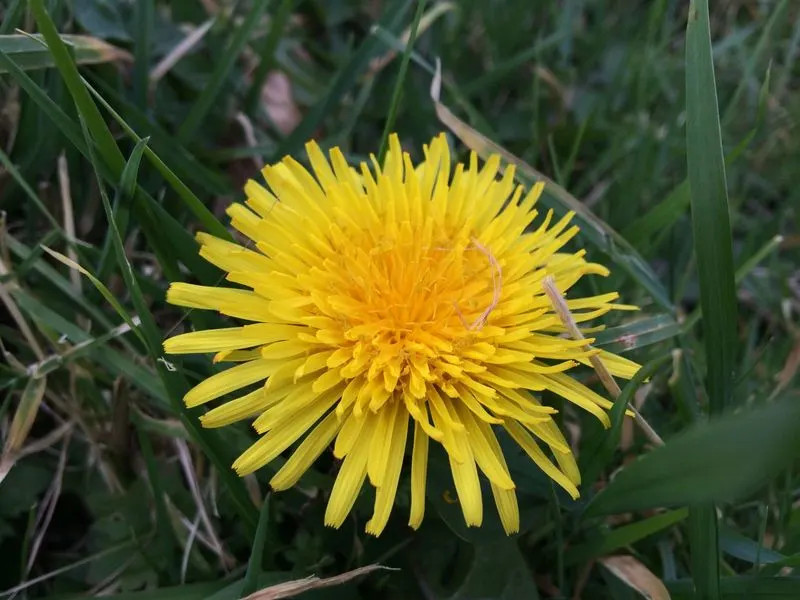
The humble dandelion, often dismissed as a pesky weed, plays a crucial role in soil stabilization. Its deep taproot penetrates the earth, anchoring the soil and preventing erosion during heavy rains. This root system allows the plant to access nutrients deep in the ground, contributing to soil health. Dandelions also bring a pop of color to any landscape with their vibrant yellow blooms. Beyond aesthetics, they support biodiversity by attracting pollinators such as bees. Did you know? The entire dandelion is edible and rich in vitamins!
Chickweed

Chickweed, with its dainty white flowers and lush leaves, is more than just a garden intruder. This weed’s dense mat of growth forms a protective cover over the soil, minimizing erosion risk. Its shallow root system efficiently holds the topsoil in place during storms. Chickweed is edible and packed with nutrients, making it a surprising garden ally. Historically, it’s been used in traditional medicine for its anti-inflammatory properties. Its presence in the garden can indicate healthy soil conditions, providing clues to gardeners about their soil’s fertility.
Clover

Clover, with its charming trifoliate leaves, is a powerhouse in preventing soil erosion. Its extensive root network binds the soil, reducing the risk of runoff during rainstorms. Clover enriches the soil by fixing nitrogen, a vital nutrient for plant growth. Its presence often indicates fertile soil and it provides habitat for beneficial insects. Clover is also a favorite among bees, supporting their populations. Did you know? Clover has a long history as a symbol of luck and prosperity. Its ability to thrive under tough conditions makes it a gardener’s friend.
Plantain

Plantain, not to be confused with the banana-like fruit, is a resilient weed that excels in soil stabilization. Its broad leaves cover the ground, shielding the soil from harsh rains. The plant’s fibrous roots create a strong underground network that holds the soil in place. Plantain is also known for its medicinal properties, often used in herbal remedies for its anti-inflammatory benefits. Its ability to thrive in compacted soils can help break up hard ground, improving soil structure and fertility. Gardeners often appreciate its presence for these hidden benefits.
Shepherd’s Purse
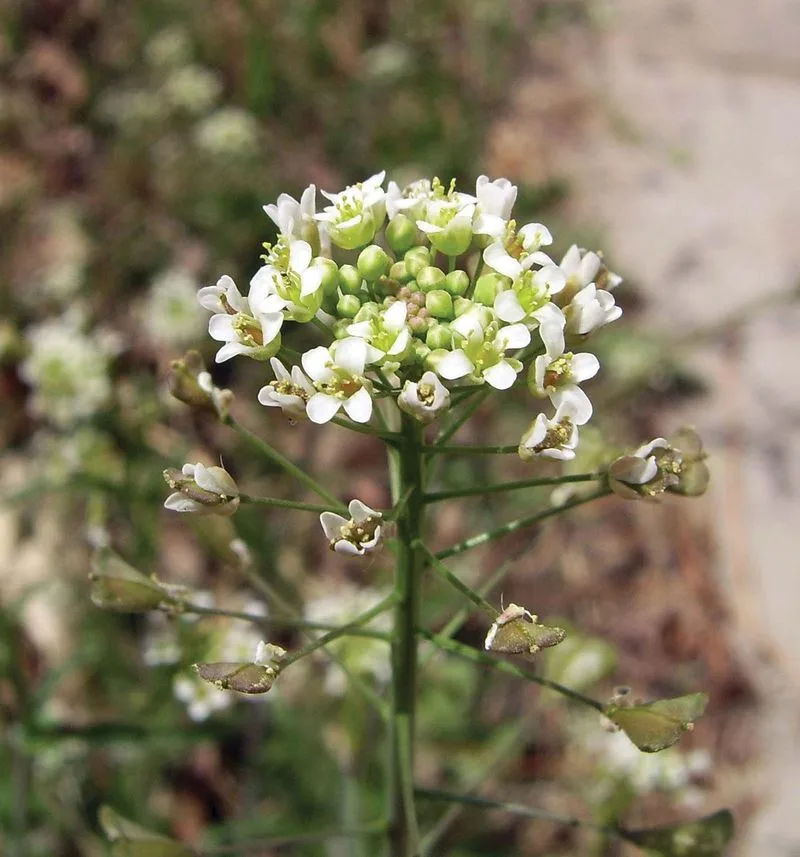
Shepherd’s purse, named for its pouch-like seed pods, is a tenacious weed that helps keep soil in place. Its rapid growth and fibrous roots create an effective barrier against soil erosion. This plant is also valued for its medicinal properties, particularly in traditional remedies for bleeding disorders. Its presence in the garden can improve soil fertility as it accumulates nutrients. Interestingly, shepherd’s purse is edible, with a peppery taste that can add a kick to salads. Its resilience and benefits make it more than just a common weed.
Yarrow
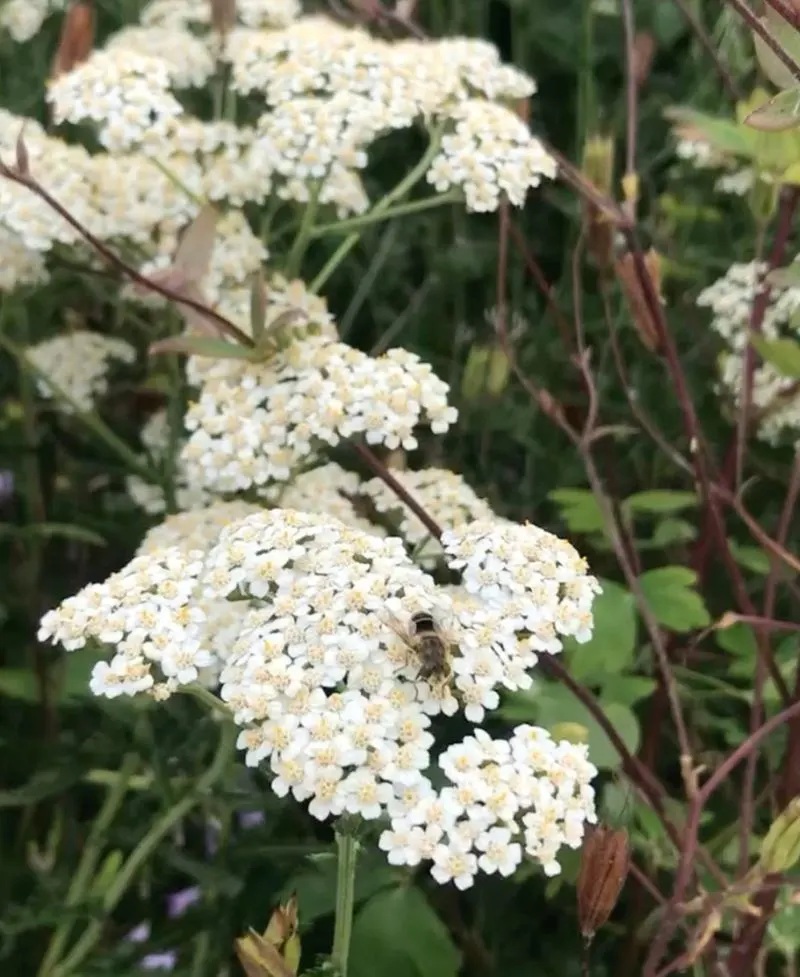
Yarrow, with its feathery leaves and clusters of tiny flowers, is a champion in fortifying soil. This perennial weed develops a dense, fibrous root system that secures soil during heavy rains. Yarrow is often used in permaculture for its ability to attract beneficial insects and improve soil quality. Its aromatic leaves have been used for centuries in traditional medicine for their healing properties. Yarrow’s resilience and ability to thrive in poor soil conditions make it a valuable ally in erosion control and soil health improvement.
Burdock

Burdock, recognizable by its large leaves and spiky burrs, is a formidable soil stabilizer. Its deep taproot penetrates and holds the soil, preventing erosion during heavy rains. Despite its intimidating appearance, burdock is edible and often used in culinary and medicinal applications. The root is particularly valued for its detoxifying properties. In the garden, burdock’s presence can help aerate compacted soil, improving overall soil health. Its robust nature allows it to thrive in various conditions, making it a reliable choice for soil stabilization.
Stinging Nettle

Stinging nettle, often avoided due to its irritating hairs, is a surprisingly beneficial weed for soil stabilization. Its extensive root system holds soil together, reducing erosion risk during storms. Nettle is rich in nutrients, making it a valuable addition to compost. It’s also used in traditional medicine for its anti-inflammatory properties. Despite its sting, nettle supports biodiversity by providing habitat for insects. Wearing gloves when handling, gardeners can harness its benefits for both soil and health. Its resilience and utility turn this weed into a garden asset.
Thistle
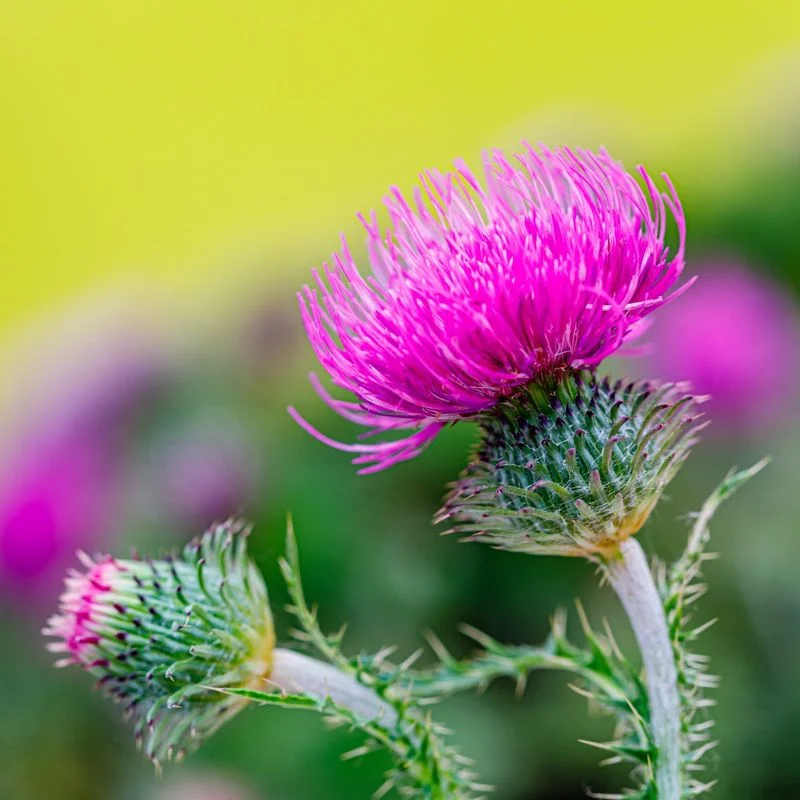
Thistle, with its distinctive spiky leaves and vibrant purple flowers, is a tough weed that aids in soil stabilization. Its deep root system anchors the soil, preventing erosion during heavy rains. Thistle is often found in poor or disturbed soils, where it plays a role in improving soil quality. The plant is also a food source for various insects and birds. Despite its prickly demeanor, thistle has been used in traditional medicine for liver health. Its ability to thrive in challenging conditions makes it a valuable ally in maintaining soil structure.
Bindweed
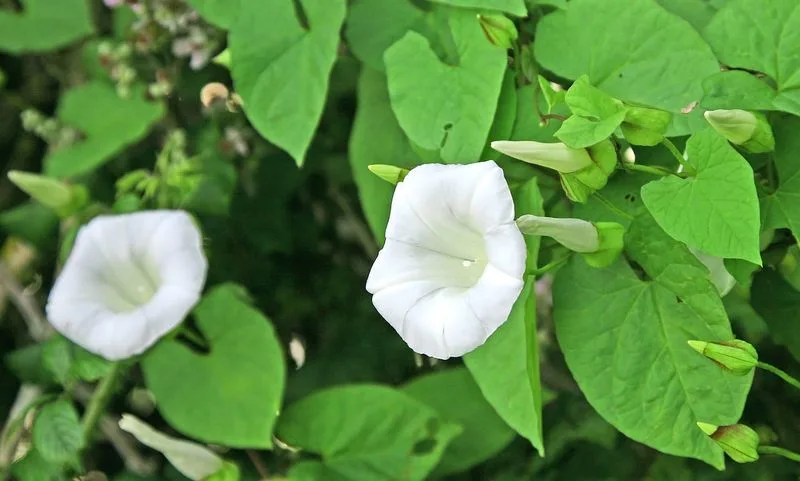
Bindweed, often seen as a garden nuisance, has surprising benefits for soil stabilization. Its vigorous vine-like growth and deep roots effectively hold the soil, reducing erosion during storms. Bindweed’s resilience allows it to thrive in various conditions, making it a useful ally in maintaining soil health. While it can overwhelm other plants if unchecked, its presence indicates fertile soil. Gardeners can manage bindweed by regularly trimming and using it to support beneficial plant growth. Its tenacity and soil-binding capabilities offer unexpected advantages.
Lamb’s Quarters
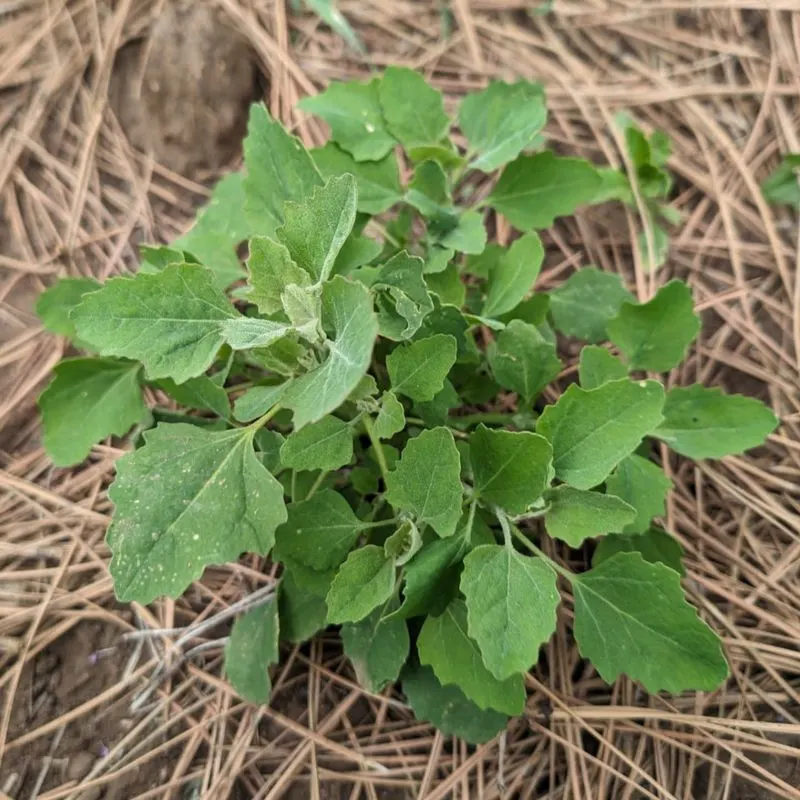
Lamb’s quarters, often likened to spinach, is a hardy weed that excels in soil stabilization. Its fibrous roots hold soil in place, preventing erosion during heavy rains. This weed is highly nutritious and edible, often used in salads and soups. Lamb’s quarters thrive in poor soils, improving soil fertility as they grow. Historically, they’ve been valued for both their culinary and medicinal properties. In the garden, lamb’s quarters can serve as a pioneer plant, preparing the soil for future cultivation. Its resilience and utility make it a gardener’s ally.
Purslane
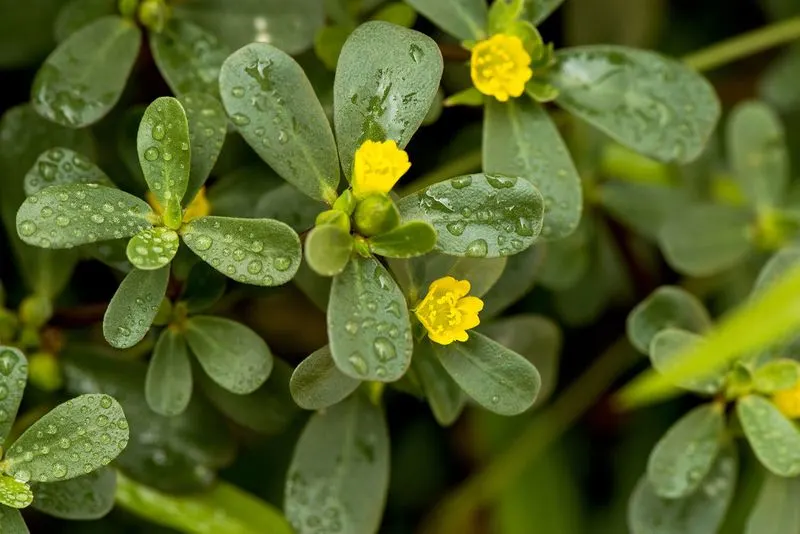
Purslane, known for its succulent leaves and tiny yellow flowers, is an effective soil stabilizer. Its low-growing mat helps hold soil in place, preventing erosion during storms. Purslane is edible and packed with omega-3 fatty acids, making it a nutritious addition to salads. Its drought tolerance and rapid growth make it a robust garden ally. Purslane’s ability to thrive in poor soil conditions aids in soil improvement over time. Gardeners appreciate its resilience and utility in both culinary and soil-stabilizing applications. Its presence enhances biodiversity in the garden.
Sorrel
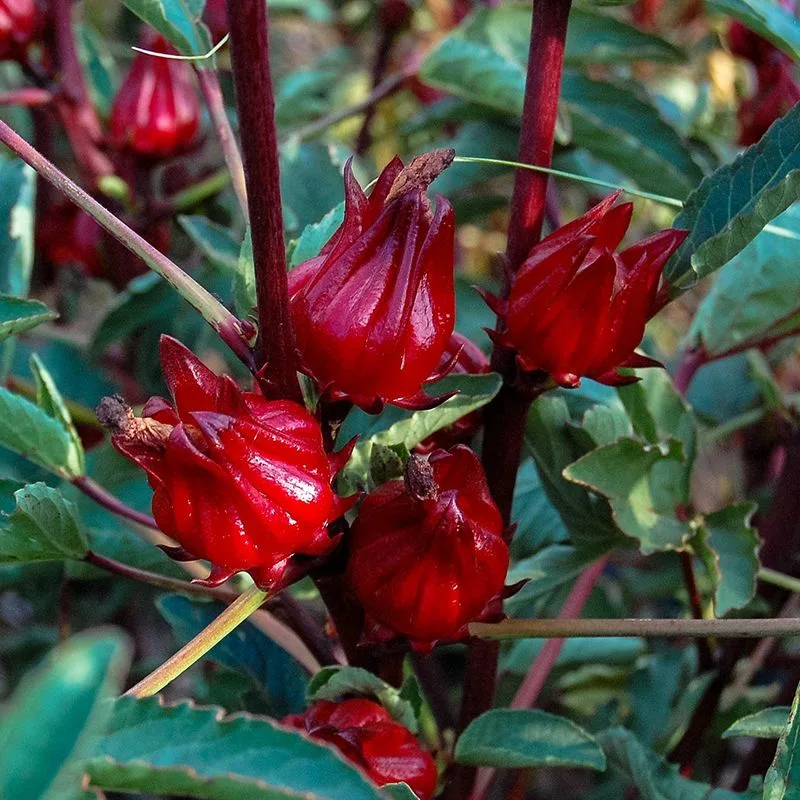
Sorrel, with its tangy leaves and vibrant appearance, is a valuable weed for soil stabilization. Its deep roots penetrate and hold the soil, preventing erosion during heavy rains. Sorrel is edible and often used in culinary dishes for its lemony flavor. This plant can thrive in varying soil conditions, making it a reliable garden companion. Its role in improving soil fertility and providing habitat for beneficial insects is well-regarded by gardeners. Sorrel’s resilience and nutritional value make it an underrated yet essential addition to the garden.
Vetch
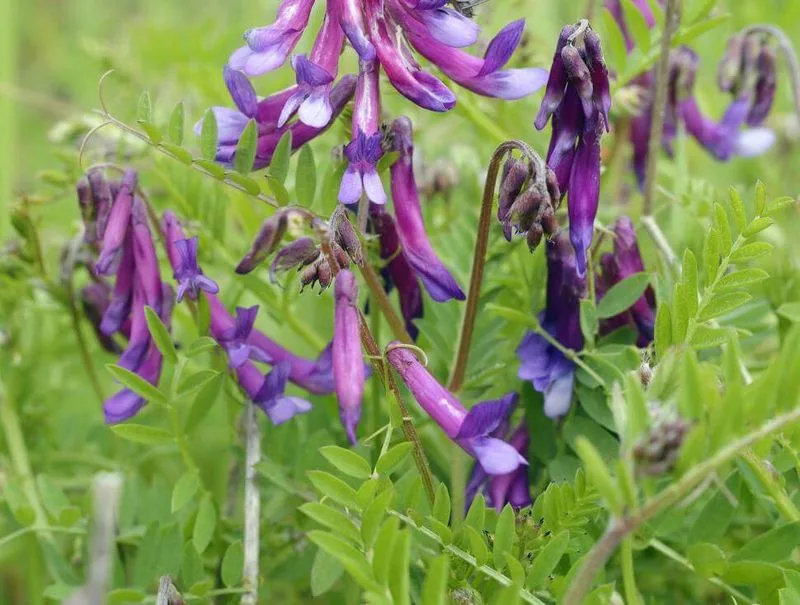
Vetch, with its sprawling vines and delicate purple flowers, plays a vital role in soil stabilization. Its extensive root system binds the soil, reducing erosion risk during storms. Vetch is a legume, contributing to soil fertility by fixing nitrogen from the air. This makes it a valuable cover crop in sustainable agriculture. Vetch provides habitat for beneficial insects, supporting biodiversity. Its rapid growth and resilience in various soil conditions make it an effective ally in maintaining soil health and structure. Gardeners value vetch for its multifaceted benefits.
Wild Mustard

Wild mustard, with its sunny yellow blooms, is more than a field invader. Its robust root system anchors the soil, preventing erosion during heavy rains. This weed is known for improving soil fertility and providing habitat for beneficial insects. Wild mustard is edible, often used in salads and as a spicy condiment. Its rapid growth can outcompete undesirable weeds, offering natural weed control. The plant’s adaptability to various soil conditions and climates makes it a resilient ally in soil stabilization efforts. Its cheerful appearance adds vibrancy to any landscape.
Mullein
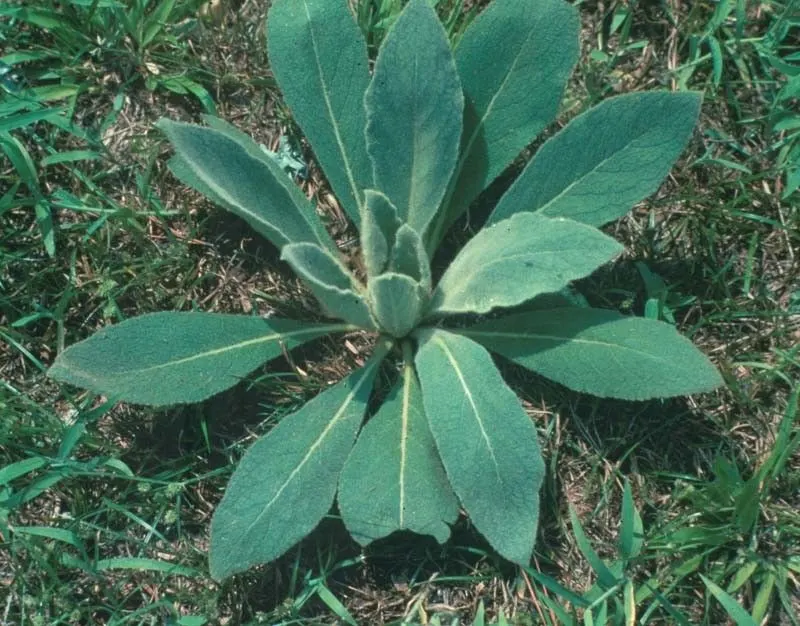
Mullein, with its tall spires and soft, velvety leaves, is a commanding presence in the garden. Its strong root system effectively holds soil in place, preventing erosion during storms. Mullein’s leaves have been used traditionally for their soothing properties in herbal remedies. The plant thrives in poor soil conditions, aiding in soil improvement over time. Its ability to attract beneficial insects and its striking appearance make it a valuable addition to any garden. Mullein’s resilience and utility in both medicinal and soil-stabilizing applications are well appreciated.

